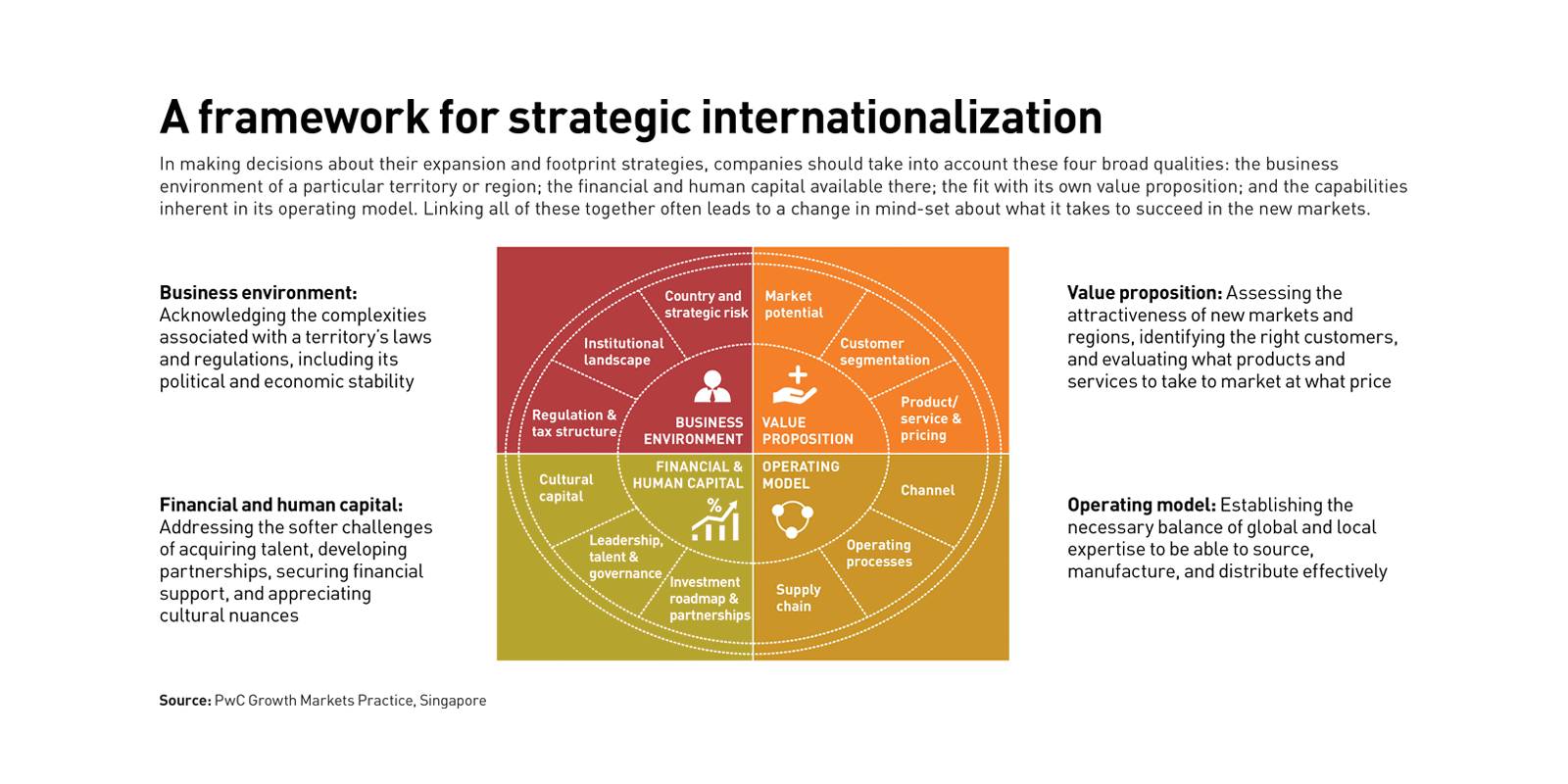
Strategic Tax Planning: Boosting Small Business Finances

Strategic Tax Planning: Boosting Small Business Finances
Effective tax planning is a cornerstone for small businesses seeking financial stability and growth. Explore key strategies and insights that can empower small business owners to navigate the complexities of tax planning and maximize financial outcomes.
Understanding the Importance of Tax Planning for Small Businesses
Small business tax planning is not merely a regulatory obligation; it is a strategic financial initiative. Understanding the significance of tax planning is crucial for small business owners to proactively manage their financial affairs. By optimizing tax liabilities, businesses can allocate more resources to core operations and growth initiatives.
Navigating Tax Regulations and Compliance
One of the first steps in effective tax planning is staying abreast of tax regulations and ensuring compliance. Tax laws can be complex, and adherence to regulations is paramount to avoid penalties. Small businesses should regularly review tax codes and seek professional guidance to navigate the intricacies of compliance.
Choosing the Right Business Structure for Tax Efficiency
The business structure significantly impacts tax obligations. Whether a sole proprietorship, partnership, LLC, or corporation, each structure has distinct tax implications. Small business owners should evaluate the pros and cons of each structure in alignment with their business goals and choose the one that offers the most tax efficiency.
Leveraging Deductions and Credits
Identifying and leveraging eligible deductions and credits is a fundamental aspect of tax planning. Small businesses often qualify for various deductions related to business expenses, equipment purchases, and employee benefits. Maximizing these deductions can significantly reduce the taxable income, ultimately lowering the overall tax burden.
Implementing Strategic Expense Management
Controlling and strategically managing business expenses is integral to tax planning. Small businesses should implement rigorous expense tracking systems, identify areas for cost-saving, and ensure that expenditures align with the business’s financial objectives. Prudent expense management contributes to a healthier bottom line and tax efficiency.
Timing Matters: Capitalizing on Tax Deadlines and Opportunities
Understanding the timing of income recognition and expenditures is crucial. Small businesses can capitalize on tax opportunities by strategically timing financial transactions. For instance, deferring income or accelerating expenses in the right circumstances can optimize tax liabilities and enhance overall financial outcomes.
Investing in Retirement Plans and Employee Benefits
Small business owners can enhance tax planning by investing in retirement plans and offering attractive employee benefits. Contributions to retirement plans, such as SEP-IRA or 401(k), not only secure the financial future of the business owner but also offer tax advantages. Providing competitive employee benefits can also contribute to tax efficiency.
Seeking Professional Guidance for Tax Optimization
Navigating the intricacies of tax planning can be challenging, and seeking professional guidance is often a prudent choice. Tax professionals, such as certified public accountants (CPAs) or tax advisors, can provide tailored advice, identify tax-saving opportunities, and ensure compliance with the latest tax regulations.
Utilizing Technology for Streamlined Tax Management
In the digital age, technology plays a pivotal role in tax planning. Small businesses can leverage accounting software, financial management platforms, and tax preparation tools to









